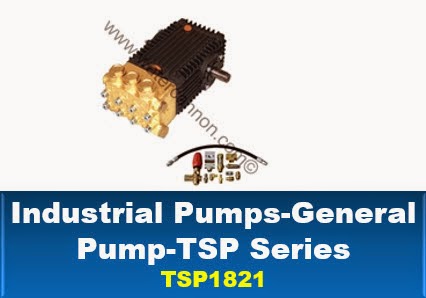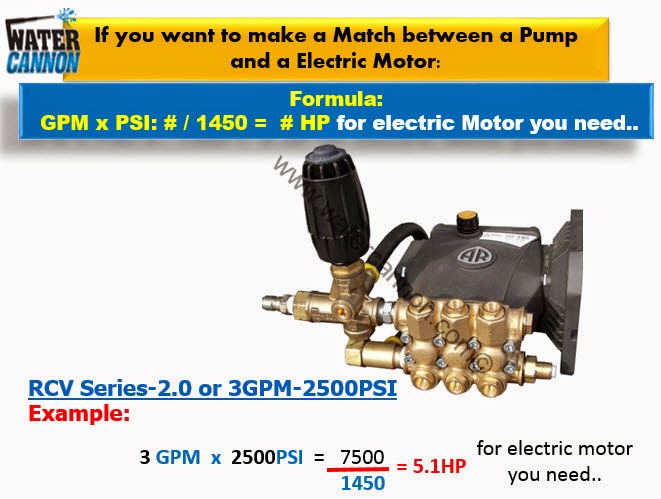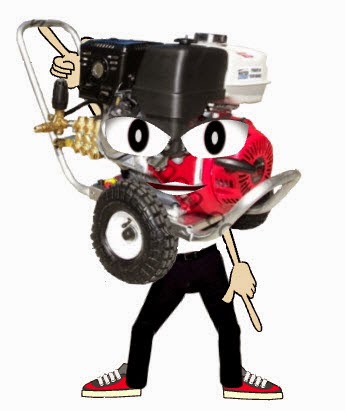The pumps in the General Pump TSP Series are designed to deliver high pressures of up to 7,250 pounds per square inch depending on the model. Pumps in the TSF Series are designed to produce higher flow rates, with the most powerful model providing approximately 12 gallons per minute. In addition to being among the top performing pumps on the market, these units are also among the most durable and feature multi-year warranties as a testament to their longevity. Recognized for their reliability, all General Pumps from Water Cannon also feature lifetime guarantees on the manifolds.
The manifolds of the TSP and TSF series pumps are brass forged and precision machined to stand the tests of time and extreme use. As further evidence of their survivability, even accidental freezing cannot warp these pumps. The pumps have an innovative seal design to extend seal life. The plungers on the pumps improve thermal shock resistance and the valve caps’ design improves hydrostatic performance. General Pumps' large capacity oil crank cases dissipate excess heat which extends the lives of these pumps significantly as well.

.gif)












.gif)



.gif)






